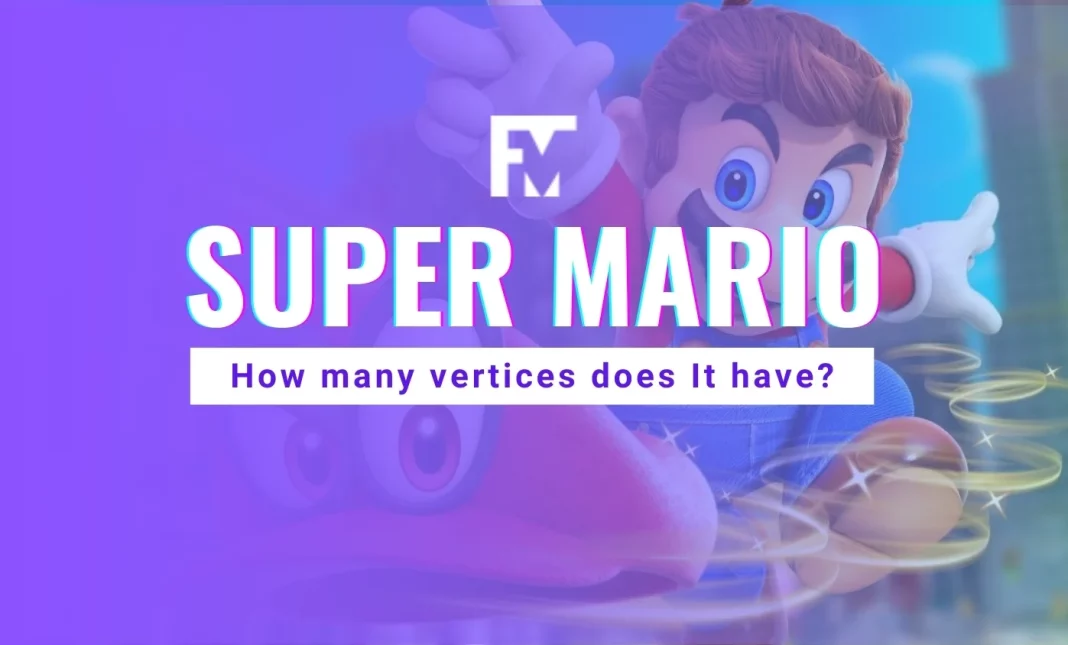Hello, how are you? Do you know who this character is? If you thought about Mario Bros, you are wrong. This character is called Mario, his last name is not Bros. Mario Bros is the name of the video game which means Mario brothers, implying that both brothers have the last name Mario.
Therefore, this is Mario Mario, and this is Luigi Mario, and I’m not joking. Literally, the creators have said that both are surnamed Mario.
Introduction to Super Mario’s Digital Anatomy
Super Mario is not synonymous with video games. It’s an icon that has evolved significantly through the ages.
From his first appearance to the latest games, Mario’s digital structure, made up of vertices, tells a story of technological advancement and creative design in the video game industry.
Mario’s Beginnings and Misconceptions
Contrary to popular belief, the character’s name is Mario Mario, not just Mario, and “Bros” in “Mario Bros” stands for brothers, indicating that both Luigi and Mario share the Mario surname.
This distinction underlines the playful creativity of the game’s creators and sets the stage for exploring the technical side of Mario’s world.
The Technical Side: Vertices Explained
Vertices are the cornerstone of 3D modelling, defining the shape of digital characters. As video game technology evolved, so did the complexity of Mario’s models, moving from simple designs to intricate details requiring thousands of vertices.

Early Models and Evolution
Super Mario 64:
This model marked a significant step with 406 vertices, enabling separate body part animation through rotation, a pioneering technique at the time.
Mario Party Series:
The Nintendo 64 games showed Mario with 243 vertices, optimizing the design by separating parts like the ears and cap for better game performance.
Super Smash Bros:
A drastic stylistic choice brought Mario to life with 229 vertices, highlighting the challenges of maintaining character integrity with fewer vertices.
Advancements and Innovations
Super Mario Sunshine & Super Mario Galaxy:
These games introduced models with 709 and 2554 vertices, respectively, enhancing realism by adding 3D moustaches and detailed hands, a leap from previous textures.
Super Mario 3D World:
With 4738 vertices, this game showcased a significant increase in detail, even allowing for facial expression changes by switching out models.
Mario’s Most Detailed Model
Super Mario Odyssey: This game broke new ground with a model comprising 9521 vertices, featuring animated facial expressions integrated into the model itself, a first in Mario’s history.
Unique Discoveries
Interestingly, the journey through Mario’s vertex evolution also uncovers unique models, such as the “pregnant” Mario Kart DS version, optimized by halving the model to fit the game’s design constraints.
Conclusion:
Mario’s evolution from a simple digital sprite to a complex 3D model showcases the blend of art and science in video game development.
Each vertex added over the years tells a story of technological advancements, creative solutions, and the enduring love for a character who has become a cultural icon.
As technology advances, so will Mario, promising even more detailed and lifelike versions in the future.


